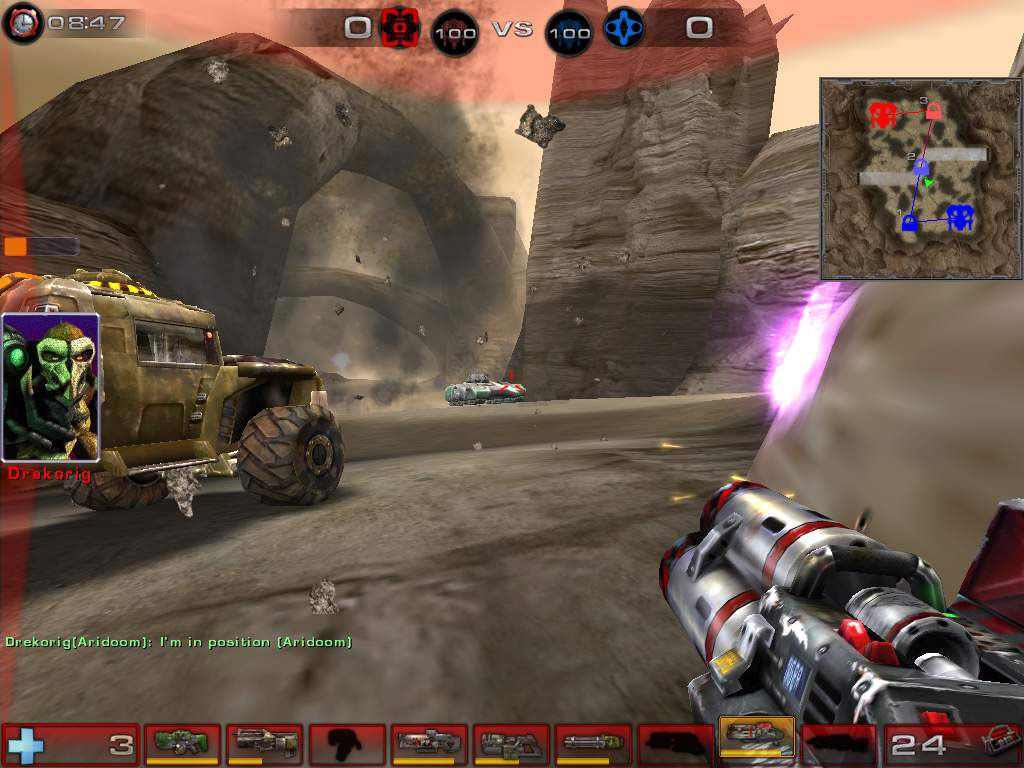

Our culture now produces more and more artifacts in digital form. Without such artifacts, civilization has no memory and no mechanism to learn from its successes and failures. Most societies place importance on preserving artifacts of their culture and heritage. Soon after that, the Archive began working to provide specialized services relating to the information access needs of the print-disabled publicly accessible books were made available in a protected Digital Accessible Information System (DAISY) format. It hosts a number of other projects: the NASA Images Archive, the contract crawling service Archive-It, and the wiki-editable library catalog and book information site Open Library. Now the Internet Archive includes texts, audio, moving images, and software. In late 1999, the Archive expanded its collections beyond the Web archive, beginning with the Prelinger Archives. The archived content first became available to the general public in 2001, when it developed the Wayback Machine. In October 1996, the Internet Archive had begun to archive and preserve the World Wide Web in large quantities, though it saved the earliest pages in May 1996. Headquarters in Building 116 of the Presidio of San Francisco in 2008īrewster Kahle founded the Archive in May 1996 around the same time that he began the for-profit web crawling company Alexa Internet. 7.4 Opposition to Google Books settlement.


Since late 2009, the headquarters of the Internet Archive has been the building that formerly housed the Fourth Church of Christ, Scientist (San Francisco, California).


 0 kommentar(er)
0 kommentar(er)
